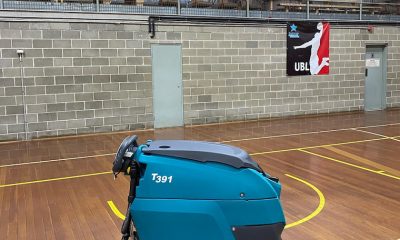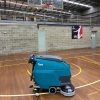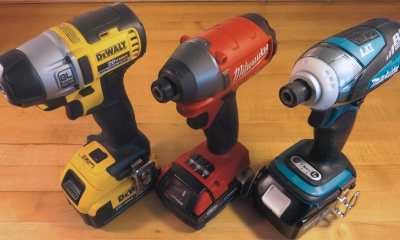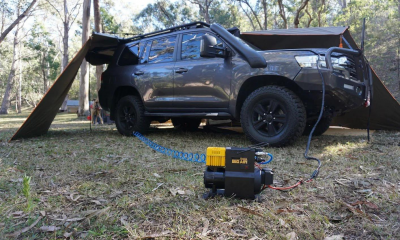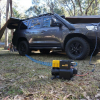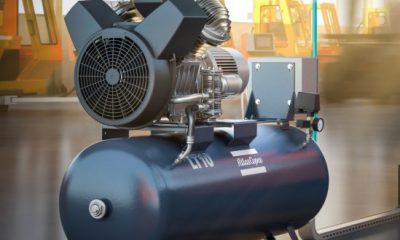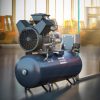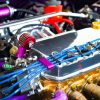Industrial Equipment
Advantages of Plasma Arc Welding
Plasma arc cutting equipment is designed to allow you to cut all metals with great accuracy and control of the arc.
When we mention arc welding, most welders will say they use gas metal arc (MIG) or gas tungsten arc (TIG) as the most convenient methods for binding metals. However, plasma arc welding is gaining huge popularity, and there’s a vast of reasons behind it. So, if you were thinking of implementing this method into your job, let’s learn a couple of benefits and facts about it.
Understanding Plasma Arc Welding
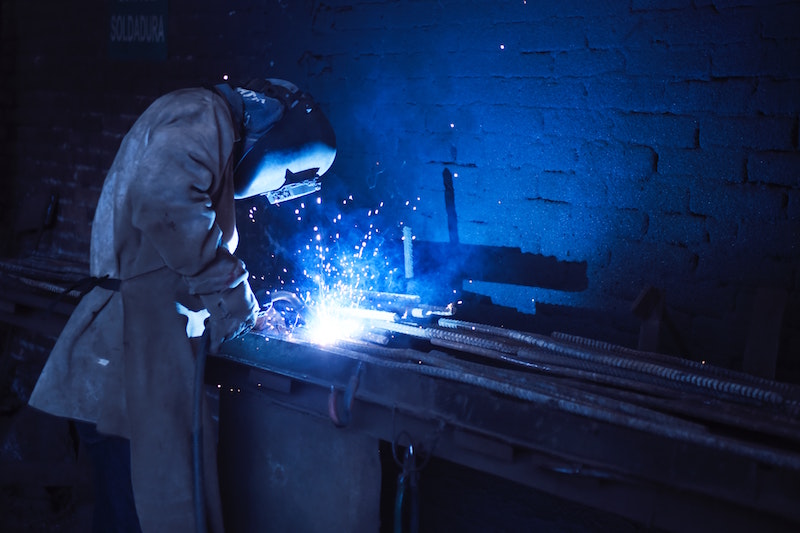
First things first, it’s important to understand the basics of this method before starting to use it. In fact, plasma arc welding is a method similar to TIG, with the only difference being that the electrode is positioned within the body of the torch and the plasma arc is being separate from the shielding gas envelope.
Plasma arc welding uses non-consumable electrode types that are covered with nozzles and plasma gas to prevent the arc from spreading. All of this results in a high heat concentration that is suitable for high-speed welding with a narrow bead and less distortion. Hence, plasma welding is a method that provides high levels of control and accuracy and this is why it’s mostly used in the marine, aerospace and electronic industry.
Why Using Plasma Arc Welding?
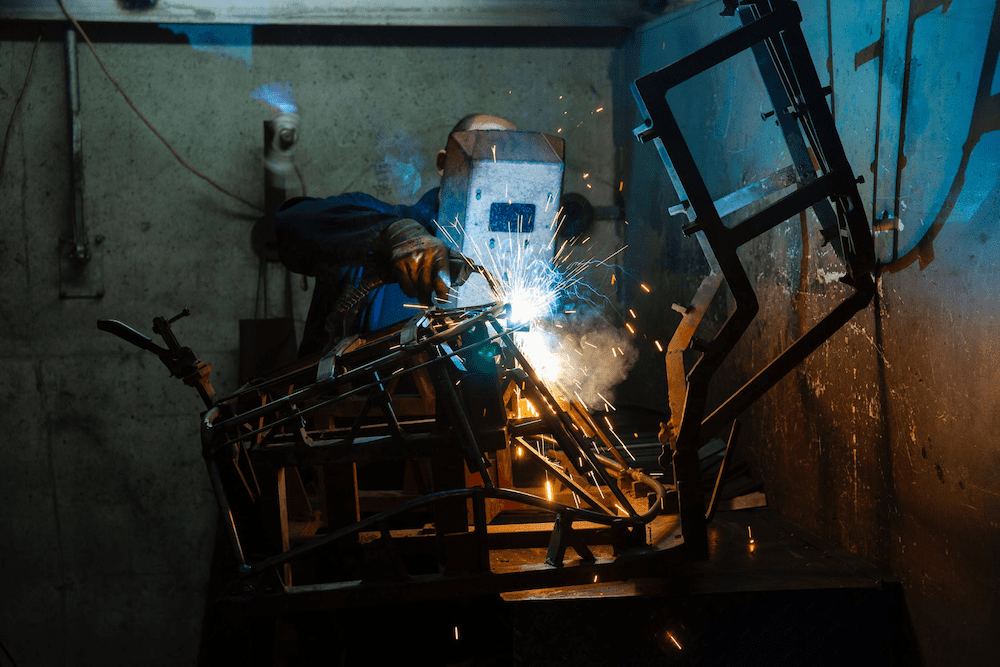
As we already mentioned, plasma arc welding is widely used in industries where high precision and accuracy is required. More specifically, this process is highly recommended for welding thin sheets at a minimum of 0.1 mm thickness such as pipes, titanium or stainless steel tubes and repairing tools and dies. Here’s a couple of the greatest benefits worth to be mentioned:
Plasma arc cutting equipment is designed to allow you to cut all metals with great accuracy and control of the arc.
The plasma welding process produces high heat so the plasma jet can allow faster travel speeds.
The high heat concentration is also useful for allowing a keyhole effect which provides complete penetration with a single pass welding of many joints.
Plasma arc welding has been shown to cut metals even faster than oxy-fuel welding.
Welds produced by using the plasma arc process are typically cleaner, smoother, stronger and less noticeable, which is very important for some intricate or delicate parts.
However, keep in mind that plasma arc welding is a relatively expensive method to implement, especially when it comes to providing tools and equipment. It also requires more intense training to gain expertise, as it’s one of the most specialized welding methods.
Essential Plasma Arc Welding Equipment
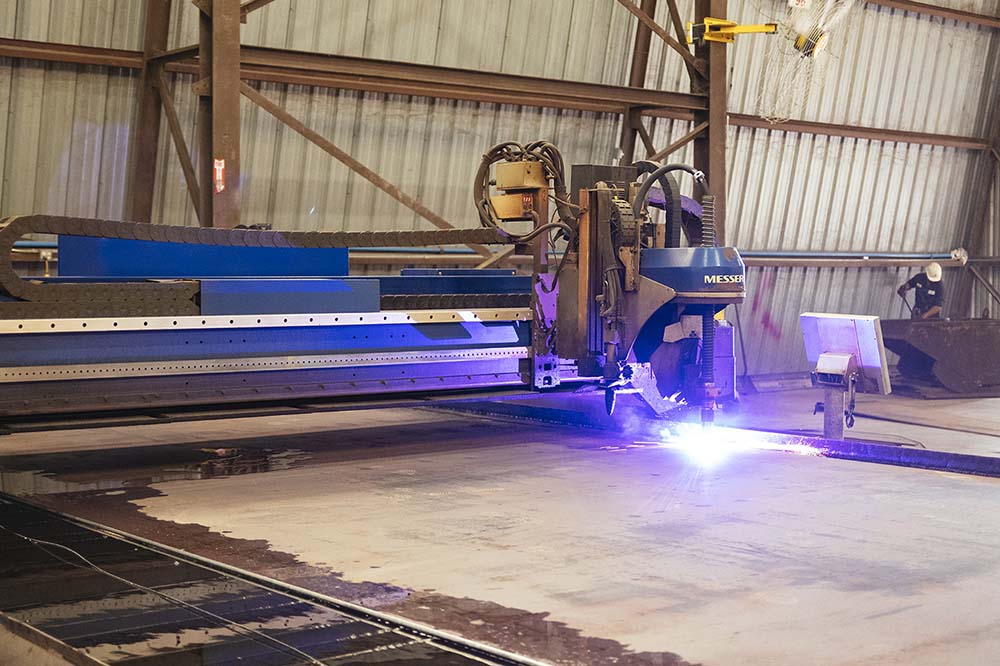
Like we mentioned before, getting premium plasma arc cutting equipment can be an expensive investment. However, this method can bring a huge contribution to a bunch of different industries, making the effort and the equipment an investment that pays off.
Without further ado, here’s what you’re going to need to start with plasma arc welding:
Power Source
All the welding processes require proper welding power generators, and plasma arc welding is no exception at all. This method needs a high power DC supply to generate an electric spark between the tungsten electrode and the welding plates, or in between the tungsten electrode and the discharge nozzle.
However, unlike TIG, plasma arc welding has low ampere welding capability. In other words, plasma arc welding can be performed at a low ampere of around 2 amp. and a maximum current of around 300 amp. Hence, it needs around 80 volts for proper working and a power source consisting of a transformer, rectifier and a control console.
Plasma Arc Torch
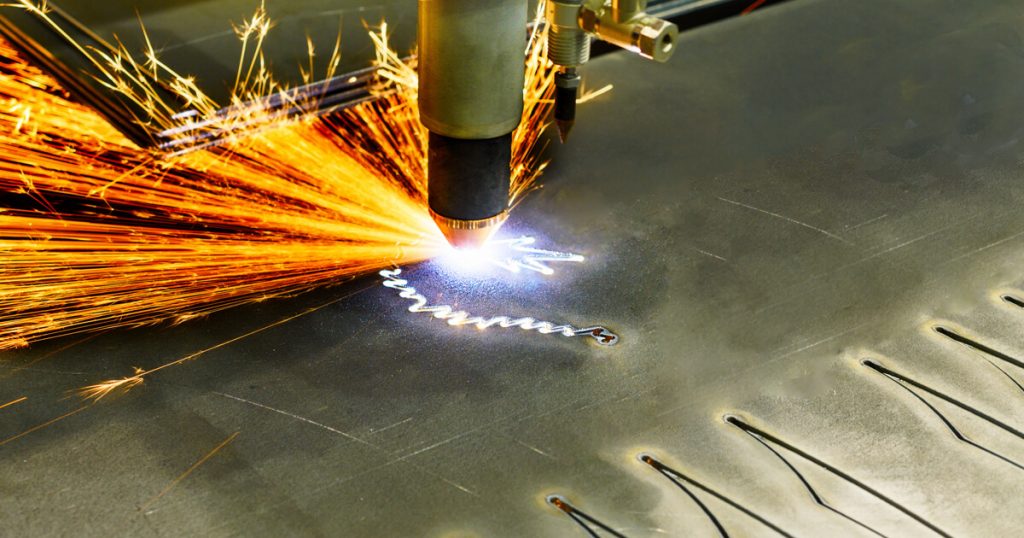
Welding torches have always been the most important part of each welding method. When it comes to plasma arc welding ones, they’re way more complex than any other type. In fact, a torch plasma welding tool consists of four main parts- a tungsten electrode, collets, inner nozzle and outer nozzle, each of them having its own purpose.
For instance, the tungsten electrode is held by the collets which are available in a plethora of different diameters. The inner nozzle is responsible to supply inert gases inside the torch, in a way to form the plasma. The outside nozzle, on the other hand, is responsible for supplying shielding gases to protect the entire weld area from oxidation. However, keep in mind that the nozzles can wear out rapidly and should be replaced more often.
As plasma arc welding is a process that produces very high heat, the entire welding torch has a mechanism of water- cooling. This is performed through a water jacket that is provided outside the torch. Also, plasma arc torches are considered complex equipment, and this is why they require more frequent thorough inspection and a lot of maintenance.
Non-Consumable Electrodes
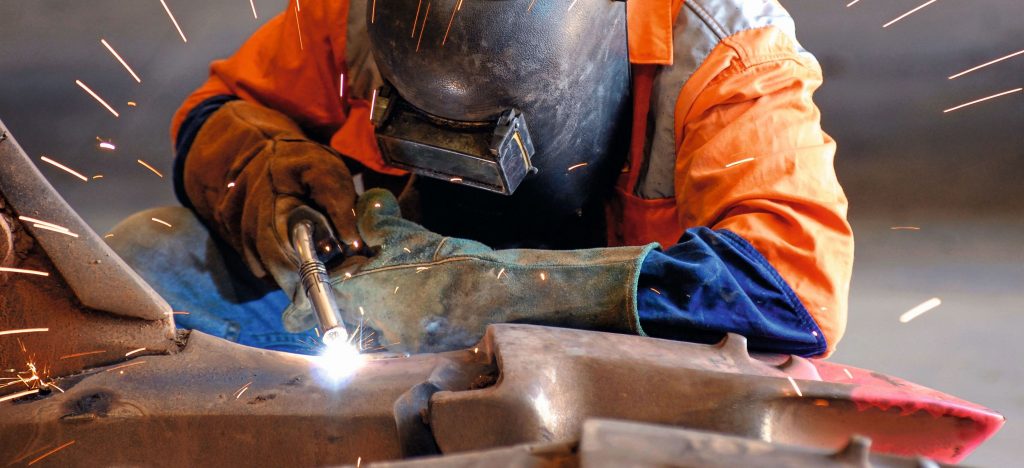
Plasma arc welding uses non-consumable tungsten electrodes that contain 2% thorium which help to start the arc. The tip of the tungsten electrode comes in different diameters and angles but isn’t as significant as the ones used for TIG welding.
However, as the entire electrode is positioned safely inside the inner nozzle, contamination with the workpiece metal is almost impossible.
Plasma Gas
Plasma arc welding can use multiple gasses such as argon, helium and mixtures of these two gases. Hence, they’re used for forming plasma arcs by creating two types of flows- laminar flow (low pressure and low flow) or turbulent flow (high pressure and high flow). However, plasma arc welding uses laminar flow, as turbulent one will blow off the molten metal from the welding zone.
Shielding Gas
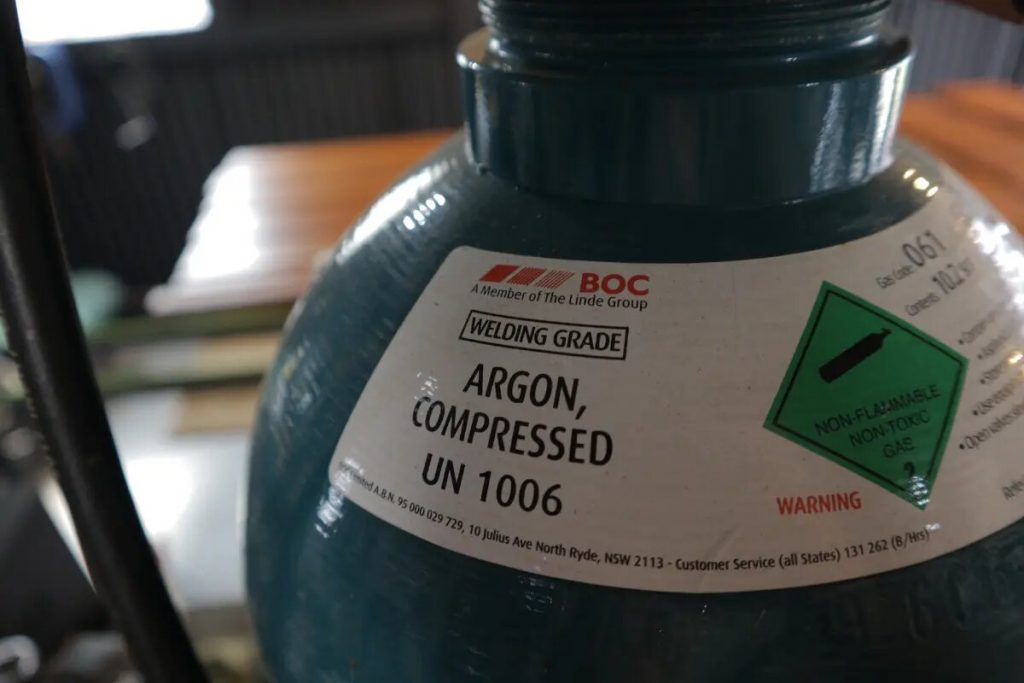
Argon, helium and mixtures are also used as shielding gases when it comes to plasma arc welding. In fact, these gases are required at two places- through the inner nozzle as the plasma gas and through the outer nozzle as a shielding gas.
This is due to the flow rate of the inert gas through the outer nozzle being low, and therefore, unable to protect the weld pool from atmospheric air and contaminations when used as plasma gas. On the other hand, when used as shielding gas, it passes through the outer nozzle with a high flow rate and shields the weld pool from atmospheric air and contaminations.
Argon is the most common gas used for shielding, while helium is mostly used for non-keyhole welding. However, mixtures of argon and hydrogen can also be used, especially where higher thermal energy is needed.
Filler Material
Plasma arc welding is a method that doesn’t use many fillers. However, they can be used in cases of automatic plasma arc welding. Now that you know about the basics and the advantages of plasma arc welding, it’s time to equip yourself with the right tools and implement this method.
As a proud Pisces known for the selflessness, Olivia joined up the blog fascinated by the idea she can help readers with info on topics and their related benefits like health and beauty, travel, food and drinks. When not writing, she likes to call it a day reading comic books in the company of her Tonkinese cat Chatty or binge-watching The Big Bang Theory with her SO like the nerd she is.

